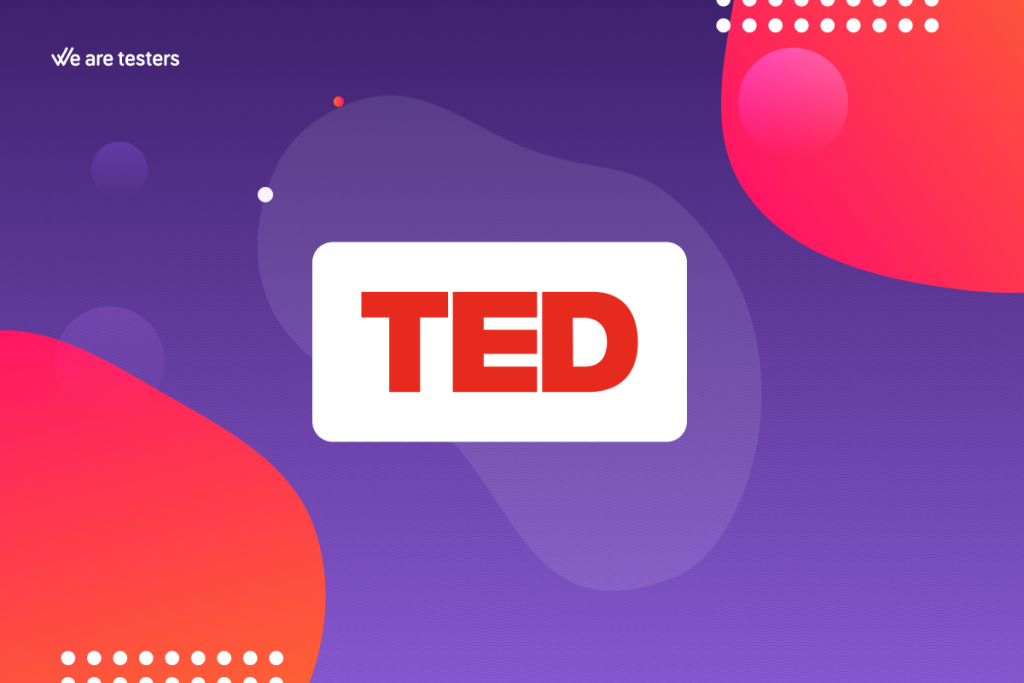
There are three trends in qualitative research that we want to pay attention to and tell you how to make the most of them. These trends include video, personalized experiences, and digital connection.
The market and the context of market research have changed significantly. In recent years, we have seen massive improvements in data collection and data analysis through innovations such as automation, expanded researcher skills and creativity, and the increased need for online-facilitated connections.
When analyzing trends, however, it is necessary to discern whether they are fads that will fade away as the novelty wears off, or if they are truly useful and impactful innovations that are being implemented and integrated into the market. It is essential to stay informed about industry-related matters, conduct research, and remain attentive to the current reality and context.
Today, we venture to highlight some innovations that fall into the category of those we are confident are here to stay. We’ll also explain how we apply them in our daily operations.
Qualitative research: three key trends
As we mentioned earlier, these trends encompass three aspects.
1. Video Quality Perspectives
Video emerges as an emerging trend in qualitative research that must be closely considered. It is a resource integrated into many aspects of market research, but its potential benefits are even greater in qualitative research.
Perhaps, since the advent of the Internet, this has been one of the most significant opportunities for qualitative market research, once initial obstacles have been overcome.
Previously, challenges such as file size, data storage, sharing, and technical expertise made it difficult to use this resource extensively, and it was primarily reserved for specific occasions.
Today, we have overcome these challenges, and the opportunities for integrating video into qualitative research have become virtually limitless.
Almost everyone has access to resources that facilitate this task, such as smartphones, tablets, digital cameras, etc. The process is much simpler to execute, and people are accustomed to recording themselves and even sharing the results.
The advantage of video over written content is that it conveys much more and better information, offering a deeper human communication experience that includes tone, oral expression, gestures, emotions, and more.
At We are testers, we leverage this resource in usability studies and in moderated surveys, where our testers record and share their actions during the test. This allows us to thoroughly analyze their actions and draw valuable conclusions.
2. Harnessing the Full Qualitative Research Experience
Qualitative research is a powerful tool for capturing consumer perceptions and experiences. Market research relies heavily on quantitative surveys and qualitative focus groups, with experts trusting what consumers say they do rather than what they actually do. Therefore, improving research experiences to capture the real consumer experience would be incredibly valuable for making insightful decisions. This is what we aim to achieve.
At We are testers, we not only pay attention to what our testers remember and say they do but also leverage our extensive experience in this field to provide resources for them to show us in real-time what they do. This enhances the quality of perception..
Furthermore, we tailor the research experience for stakeholders to make it more of a partnership rather than focusing solely on research services. This is the future of market research. We are knowledge experts looking to increase stakeholder engagement.
3. Enhancing Digital Connection
As we have seen in terms of integrating video into qualitative research, there are other ways to enhance digital connection in qualitative research. The digital competency is an indispensable skill today. The digital world grew exponentially during the pandemic, and it will continue to expand further.
Digital tools should help us get more human insights, not replace them.
We see this in how younger generations create and consume content and products. They use experience-based resources.
The challenge now is to increase digital connection in qualitative research, from injecting creativity into qualitative tools and methods to redesigning research priorities to accurately integrate tactics that boost respondent engagement in market research.
Today, with the use of smart mobile devices, we have direct windows into consumers’ lives, allowing us to observe their digital activity naturally on social media platforms and organically in online qualitative information communities. However, to achieve this, we need to increase the number of respondents, stakeholders, and researchers.
Update date 15 April, 2024

